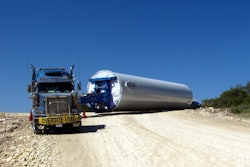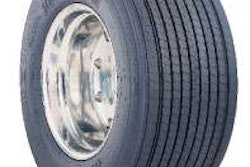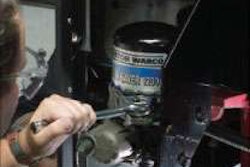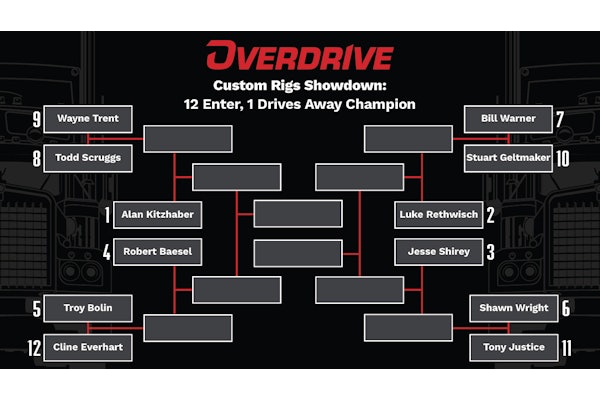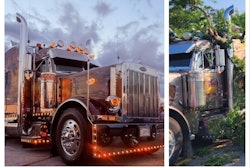DriveCam, a global driver risk management company, recently released a study based on data captured by its Video Event Recorder that shows collisions involving trucks increase in the second half of the year.
The recorder is capable of not only identifying collisions but also allowing DriveCam to identify near collisions that could have been avoided.
The study focused on the distribution of the collisions and near collisions identified in 2009 by month, day and year, specifically comparing commercial long-haul trucking fleets to an aggregation of commercial fleets in various other industries, including construction, energy, transit, utilities, local distribution and waste.
Collisions and near collisions in the long-haul trucking industry are low from January to June (between 1 percent and 5 percent). Beginning in July, however, the collision/near collision rate peaks at 18 percent and remains above 14 percent through November.
The collision/near collision rate in the long-haul trucking industry is, on average, more than 5 percent higher than other industries from June to November.
Collisions/near collisions peak on Tuesdays and Fridays in long-haul trucking (21 percent and 20 percent, respectively).

The long-haul trucking collision/near collision rate is slightly lower than other industries on Wednesday and Thursday, as well as on Saturday and Sunday.
Collisions/near collisions in long-haul trucking remain below 4 percent from 11 p.m. until 9 a.m.
Beginning at 9 a.m., the collision rate begins to climb, with a small dip between 1 and 2 p.m. before increasingly sharply.
The study is derived from DriveCam’s database of more than 18 million driving events from more than 2 billion driving miles.
